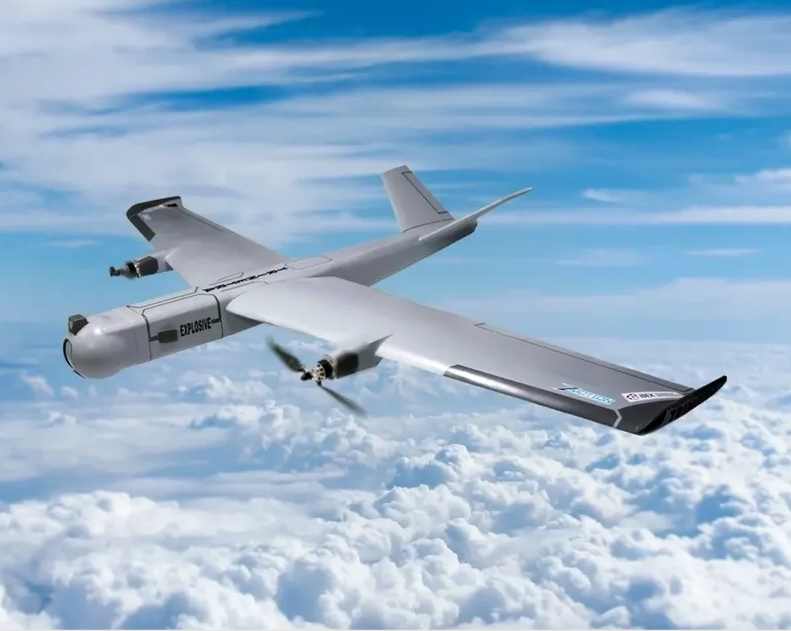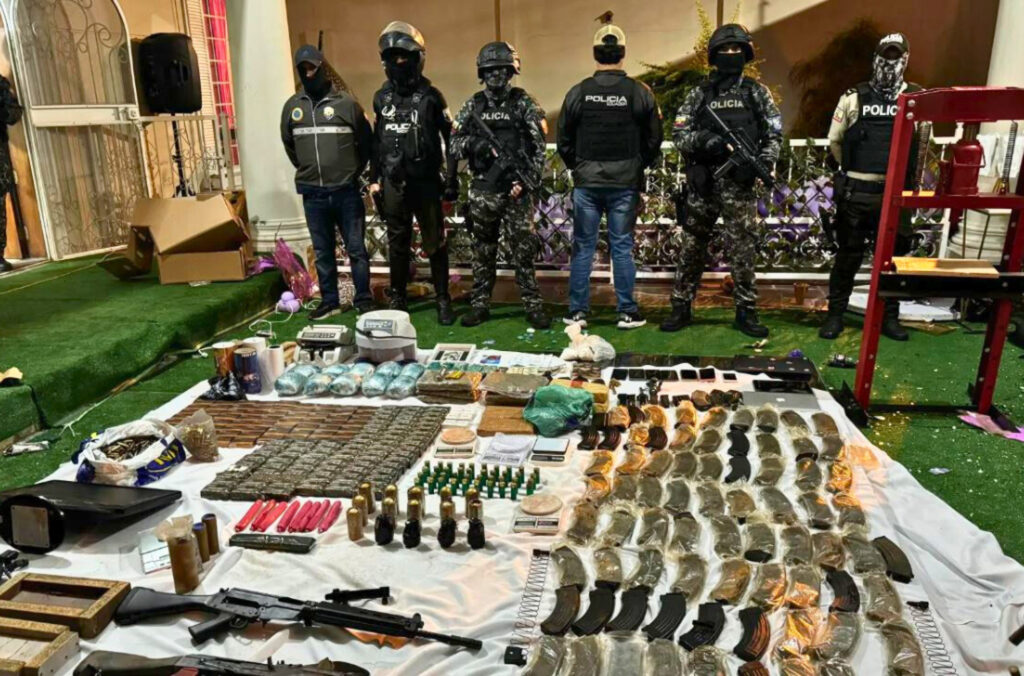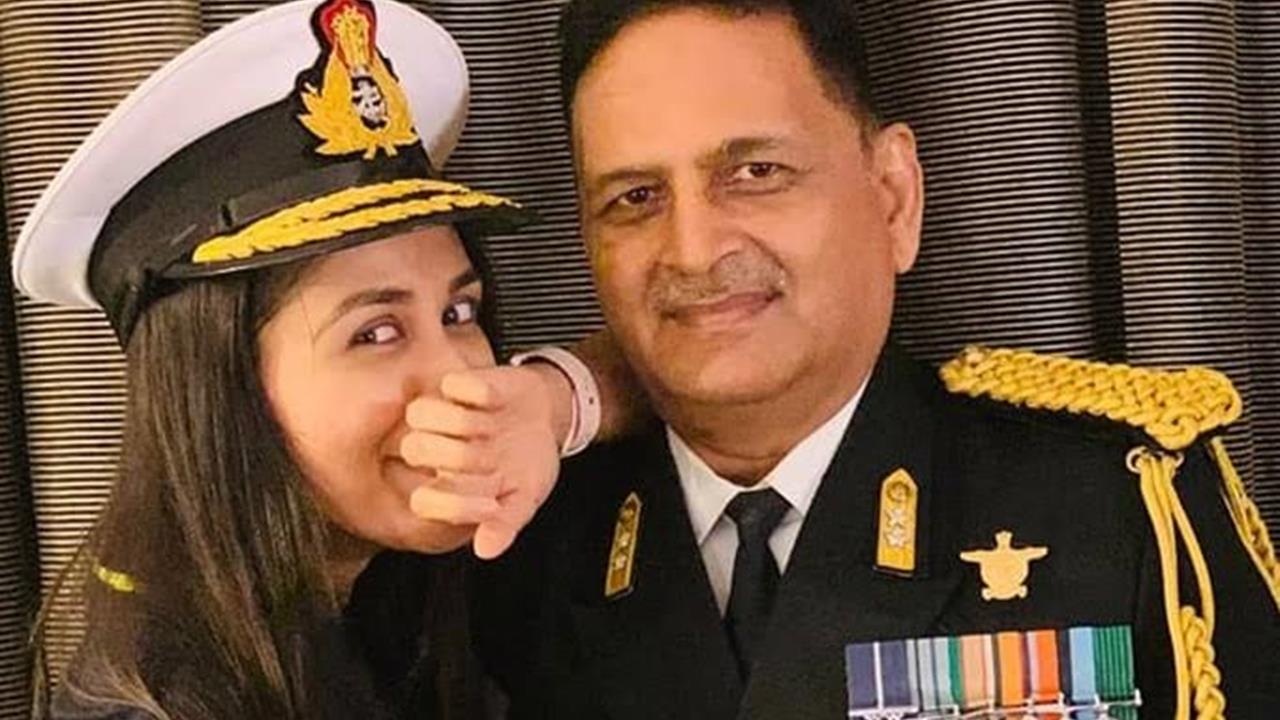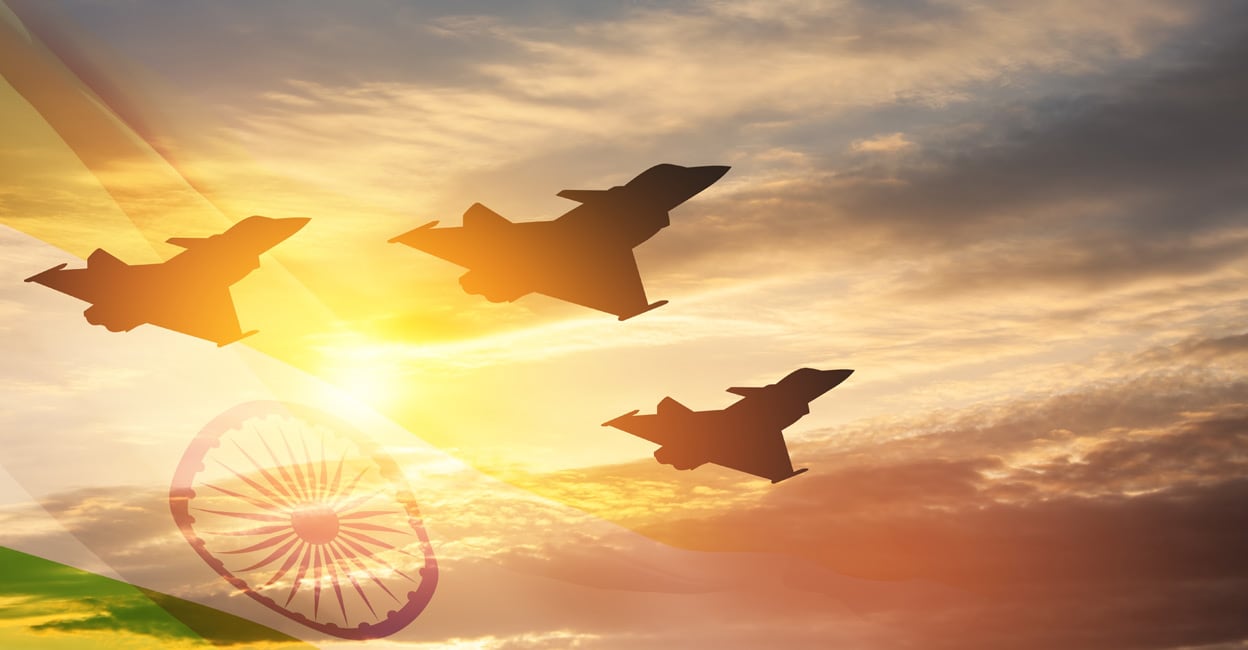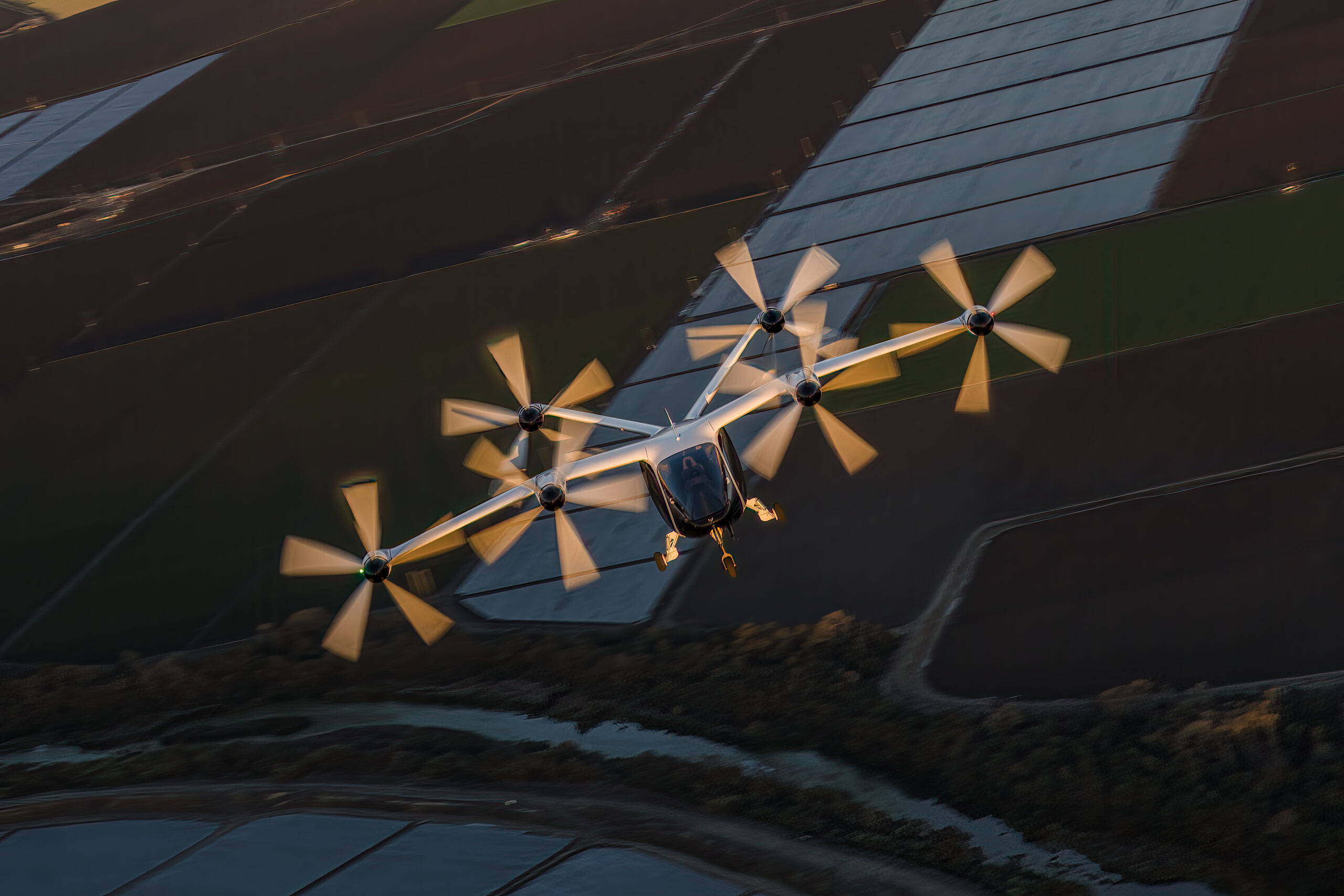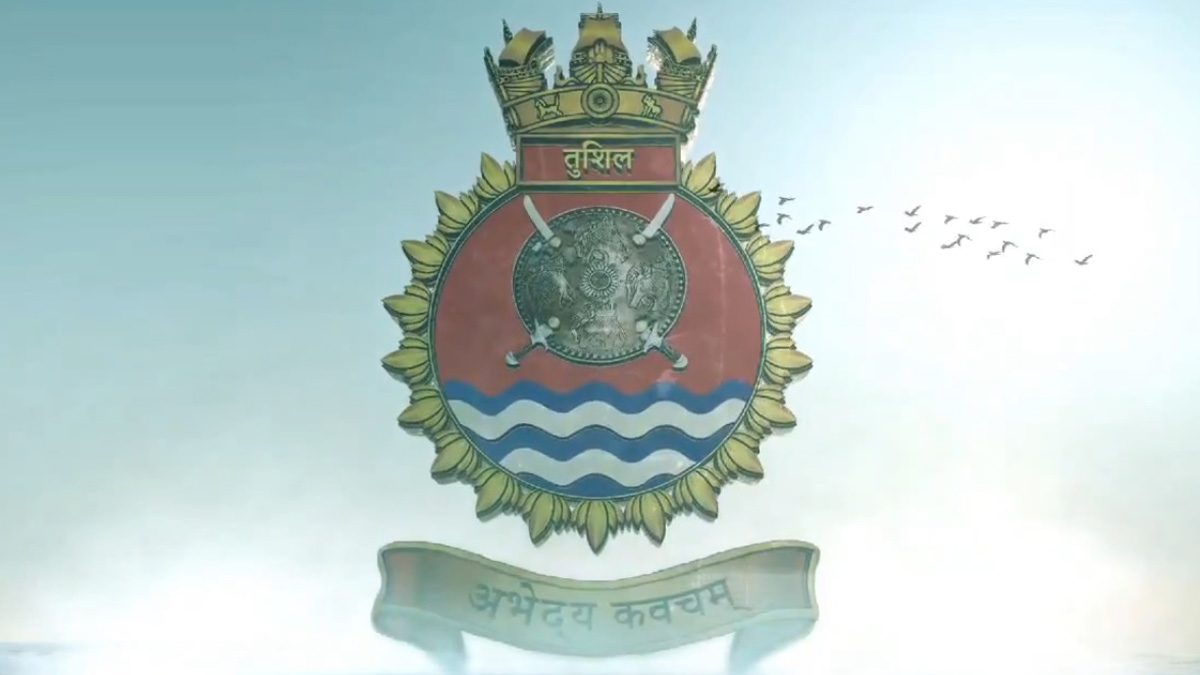Indian Army Receives 480 Nagastra-1 Loitering Munitions from Solar Industries
The Indian Army has successfully received the complete consignment of 480 Nagastra-1 loitering munitions from Solar Industries, marking a significant…
Police across South America Seize Over 3,400 Homemade Bombs amid Surge in Explosives Trade
In a sweeping operation across nine South American countries, law enforcement agencies have successfully seized over 3,400 homemade bombs and…
Nikita Dutta Honors Indian Navy and Her Father on National Navy Day
On National Navy Day, Nikita Dutta took a moment to honor both the Indian Navy and her father, Anil Kumar…
Indian Air Force Opens Registration for 336 Commissioned Officer Vacancies
The Indian Air Force has announced the opening of registrations for 336 vacancies for Commissioned Officers under the Short Service…
Joby Aviation Trains US Air Force on Electric Air Taxi Maintenance Under Agility Prime Program
Joby Aviation has officially completed a training program for the US Air Force focused on the maintenance of electric-powered air…
Indian Navy Set to Commission INS Tushil, a Multi-Role Stealth Frigate, in Russia
The Indian Navy is preparing for the commissioning of its latest multi-role stealth-guided missile frigate, INS Tushil, in a ceremony…

